Pope Francis’ trip to Latin America may be epitomized in one image: the Pope’s disappointed face when the Bolivian president, Evo Morales, gave him a crucifix sculpted in the shape of a hammer and sickle that had been allegedly designed by the Jesuit Fr. Luis Espinal, assassinated by a death squad in Bolivia in 1980. In that crucifix, in the Pope’s facial expression and in Evo Morales’ manipulation the whole pontificate is epitomized. In Latin America we witnessed the Pope’s continuous reaching out toward a Latin American history comprised, indeed, of martyrs, but also of strange mixes between religion and politics.
We also witnessed the Pope’s facial expression as he was feeling close to poor and to popular movements, just as many other priests in South America. At the same time, however, Pope Francis is also orthodox, and he knows that communism and Christianity cannot be linked. Lastly, we witnessed the risk that every pope runs of being exploited, especially in Latin America, where many leaders, apparently backed by the Church, seek through association with the pope a kind of “passport” in order to gain trust among the lower classes.
These three items can be considered the mirror of Pope Francis’ pontificate. As a Latin American, he knows that Latin American leaders are used to playing political tricks. When he was Archbishop of Buenos Aires, Jorge Mario Bergoglio was known (and feared by politicians) because of his speeches that strongly put into question policies and politicians.
His speeches never made direct accusations, but instead focused on borderline situations, playing on the contradictions and leaving people to draw their conclusions. The Pope acted the same way in Ecuador. President Rafael Correa, an ex-seminarian who later graduated in economics at the Catholic University, hoped the Pope would back his political choices. The Pope never did this. Instead, although he appeared from the presidential balcony with the president, he urged dialogue among all parties and minorities.
Once he got to Bolivia, Pope Francis faced the biggest challenge of his long South American trip, the meeting with popular movements and, above all, with the country’s president, Evo Morales. Morales is one of the leaders of the popular movements inasmuch as he was formerly the chief of the “cocaleros”, the coca leaf farmers who fought to gain land reform and the freedom to grow the coca crop without exploitation by narco-traffickers.
Evo Morales played dirty a little by giving the Pope that crucifix and putting around his neck a medallion (an award, in fact, that the Senate approved on the occasion of the trip) that represented the same crucifix. As mentioned, the crucifix was designed by Luis Espinal, a Jesuit priest/journalist who wanted to represent the presence of the Church in the social struggles of marginalized people. He was killed by a death squad of the then military dictatorship in Bolivia in 1980, a few days before the assassination of Archbishop Oscar Romero, who was recently beatified.
As soon as he arrived in Bolivia, Pope Francis stopped to pray for a while at the place where Fr. Espinal was killed. It was a gesture of love toward a Jesuit brother. But this gesture was full of consequences, because of the possible exploitation of Fr. Espinal’s character in order to portray a papacy close to social struggles. Pope Francis tried to avoid it by leaving the medallions he received from Evo Morales – two awards, the Condor of Andes and the Orden de Espinal, an order that the Bolivian Senate voted June 25 – as a gift to Bolivia.
But the Pope could not avoid going there. The notion of “memory” was critical in Pope Francis speeches in Latin America. For Francis, recalling “roots” is an imperative not to exclude anyone, especially not the indigenous populations, the most excluded ones. How can a Pope who makes a model out of memory not go and pay homage to one of his assassinated brothers?
But this is where Evo Morales could play his game. This is the reason why the Bolivian president gave the Pope the medallion and crucifix. Pope Francis did not appreciate it, and said aloud, “This is not good,” but he could not do anything else but accept the gift.
In fact, Francis is not the first Pope challenged by this kind of issue. St. John Paul II, during his trips to Latin America, was used by the Chilean dictator, Augusto Pinochet, who surprised everyone by suddenly appearing on the balcony at the Pope’s side. In 1988, St. John Paul II’s trip to Paraguay was exploited by propaganda of the then dictator Stroesser. This is part of the game.
On the other hand, St. John Paul II knew how to handle this kind of situation. After Pinochet’s trick, the papal entourage hurried and organized a confidential papal meeting with the leaders of the opposition. Every trip of St. John Paul II was carefully evaluated beforehand. When the risk of any political exploitation was detected, news of it was leaked to the press in advance in order to prevent grave consequences.
There were no visible consequences after Evo Morales gave Pope Francis the “communist” crucifix. The day after the gift, Pope Francis and Evo Morales sat side by side at the Second World Meeting of Popular Movements. The first meeting took place in the Vatican in October 2014, and was organized by the Pontifical Council for Justice and Peace and the Pontifical Academy for Social Sciences with the hidden involvement of Caritas Internationalis. On that occasion, Pope Francis spoke off the cuff, and emphasized that he shared the expectations of popular movements. In Bolivia, Pope Francis offered a long, six-page speech. In it he asked for an economic change, underscored the need for the marginalized people to amplify their voices, affirmed that the Church supports and accompanies these popular movements, and acknowledged that “land, house and a job are sacred rights.”
Some 100 groups representing popular movements listened to the Pope. The majority of these groups are part of the Social Forum, and many of them do not just fight against exploitation, but are also profoundly anti-Christian, as they see Catholicism as a force of oppression.
Pope Francis winked at the popular movements asking forgiveness for crimes against indigenous populations during the “so-called conquest of America.” And he winked at them using their terms. There is a noteworthy change of vocabulary in Pope Francis’ speech, and the most evident replacement is the use of the phrase “Mother Earth” in place of creation. The Pope did not speak about the “universal distribution of goods,” nor of the “common good,” so that Christian terms seemed to be put aside. A shift to a more secular terminology, already in place in the case of the Church’s discourse to big international organizations, now is happening in its discourse with popular movements. This data should be food for thought.
In the end, there is another issue to consider. The Church has always fought for the weakest and the poor. The first experiences of Liberation Theology, which took place in Brazil during the 50s, did not apply Marxist categories. Basing its message on the Paul VI’s 1967 encyclical “Populorum Progressio”, a group of Salesians in Ecuador started the FEPP, a fund for the poor, and a program of micro financing invented during the 70s by Bepi Tonello, one of the representatives of civil society who met Pope Francis in Quito. The Holy See has been speaking about the problems of the global financial system since the 80s in documents of the Pontifical Council for Justice and Peace. Another document issued in 2011 by the same dicastery that asked for a world authority with universal competences in order to regulate finances was heavily attacked by neo-liberals, also in the Vatican. The issues of land redistribution is found in almost all the social encyclicals, and many Vatican documents complained about land grabbing (the last one is called “Earth and Food” and was published some month before the encyclical “Laudato Si”).
These effort are supported by tireless work on the ground, with closeness to poor and tough criticisms if social and economic systems. For these reasons the Church has always been uncomfortable when it participates in international meetings.
However, despite the fact that the Church has always worked for poor, until now it has never taken a sharp stance. Instead it spoke in terms of a model of society, and focused on nurturing Christians committed to politics, while it had never been directly involved in movements nor taken the side of any political party.
This is how the Church can really guarantee the defense of the last on earth and of the weakest. Pope Francis has now changed the paradigm. The Church is now undoubtedly on the side of popular movements. Social struggles might now be claimed as the Church’s struggles.
Certainly, Pope Francis has made a Latin American option. In Latin America it is necessary to take a side, because powerful people have always been dictators, and the social imbalances are huge. So the Church must show itself to be on the people’s side.
Nevertheless, if a pope takes certain stances, it is hard to control the cascading effects of the consequences. Among the popular movements, for instance, there are also movements that serve as the basis of the separatist party of the Basque region in Spain, or the Spanish “indignados” who are marked by a certain anti-clericalism, or the movements that formed the Syriza party of Greek Prime Minister Tsipras that is checkmating Europe. The syllogism is easy: if the Church backs the popular movements, it also backs the political movements who are part of the popular movements.
But this is not true, and Pope Francis’ reaction when he saw the crucifix that Evo Morales gave him is proof. Pope Francis was careful to keep all of his speeches free of any political discussion. But the six-page speech he gave to popular movements sounded like a political manifesto. The Pope prepared it himself, and he read it in its entirety because he wanted to speak in precise terms so that the message was clear.
The speech was characteristically Latin American in style: there were many slogans, many repetitions. South Americans – a European journalist who lives in South America explained – “have no historical memory; they want every notion to be repeated two or three times, or even more, they live in the present.” The speech contained all the slogans that the Pope has used during his pontificate: from the “piecemeal Third World War” to the “globalization of indifference” that the Pope turns into a “globalization of hope.”
Pontificates must be read through these lenses. Between marginalized and powerful people, the Pope will always stand with the marginalized. For him diplomatic skills are useful if they produce practical and immediate outcomes (as did the mediation for the re-establishment of diplomatic ties between Cuba and United States), but otherwise it is not necessary.
In Pope Francis’ view the first diplomacy is prayer, as in the prayer for peace in the Vatican Gardens in June 2014, and the prayer for peace in Syria in September 2013. Pope Francis does not care if his affirmations can be exploited. He wants a Church close to people, as he deems structures not to be important. He is not even interested in documents, as he thinks that no one will read them.
One must not be surprised if the political left tries to take advantage of this pontificate whenever it can, by intentionally taking Pope Francis’ affirmations out of their context. One must not even surprised if the political right operates this way. Pope Francis is aware of this, and he does not care.
In the end, from the November 25 speech at the European Parliament in Strasbourg to this last speech to popular movements, Pope Francis has taken a stance in defiance of decades of dialogue and theological discussions that were focused on the Church’s need for a hard identity, one stronger than popular piety.
In some ways, Pope Francis is redeeming the Global South. This operation can be undertaken to the Church’s detriment, however. What will become of the purification of Liberation Theology that has taken place over the course of the years? What will become of the intense diplomatic work of personalities like Cardinals Etchegaray and Poupard, who were committed to a difficult dialogue with communist countries based on remaining firm and faithful to the Catholic Church? What will become of St. John Paul II’s intuition to go beyond diplomacy among States and favor instead a diplomacy for people, one detached from the need to take a clear political stance?
Pope Francis’ pontificate is all of this: a Latin American spirit that leaves history behind and seeks instead for pragmatic outcomes and for displays of popular piety, and that needs to show that it is close to the marginalized. This philosophy must be understood before discussing Pope Francis’ reforms, choices and even himself, the most important man of this pontificate. There is no history now, the only thing that matters is the image of a Church that is close to everyone. But the Church may this way no longer has the role of a guide, and may be no longer concerned to shape a new society. Instead it would mostly accompanies processes and provides them with a moral character. How much this choice reflects a winning one is yet to be known.
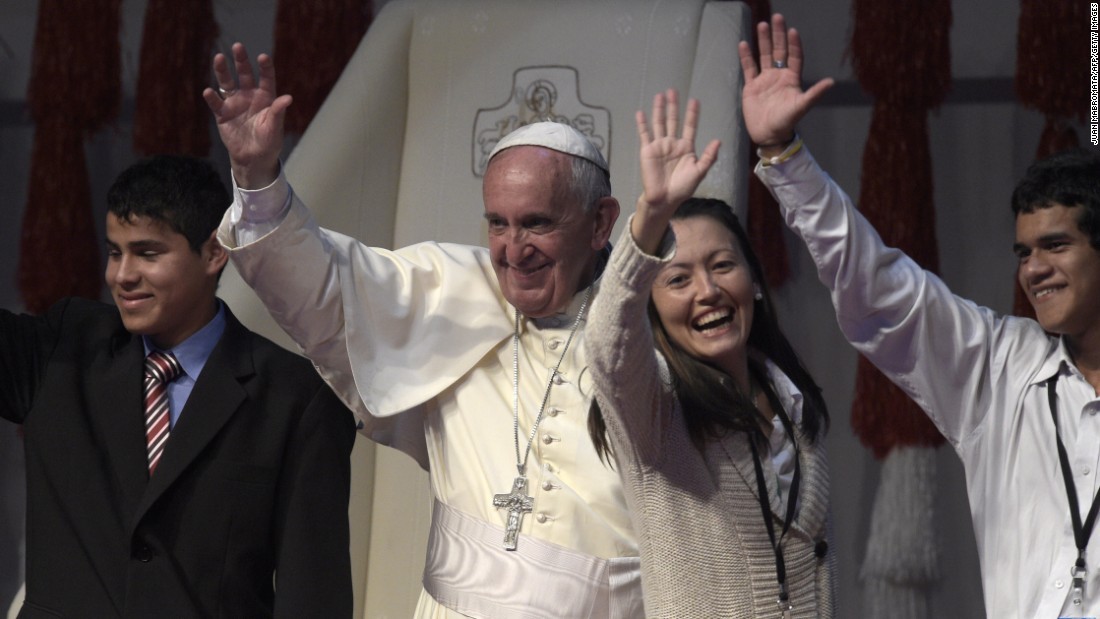
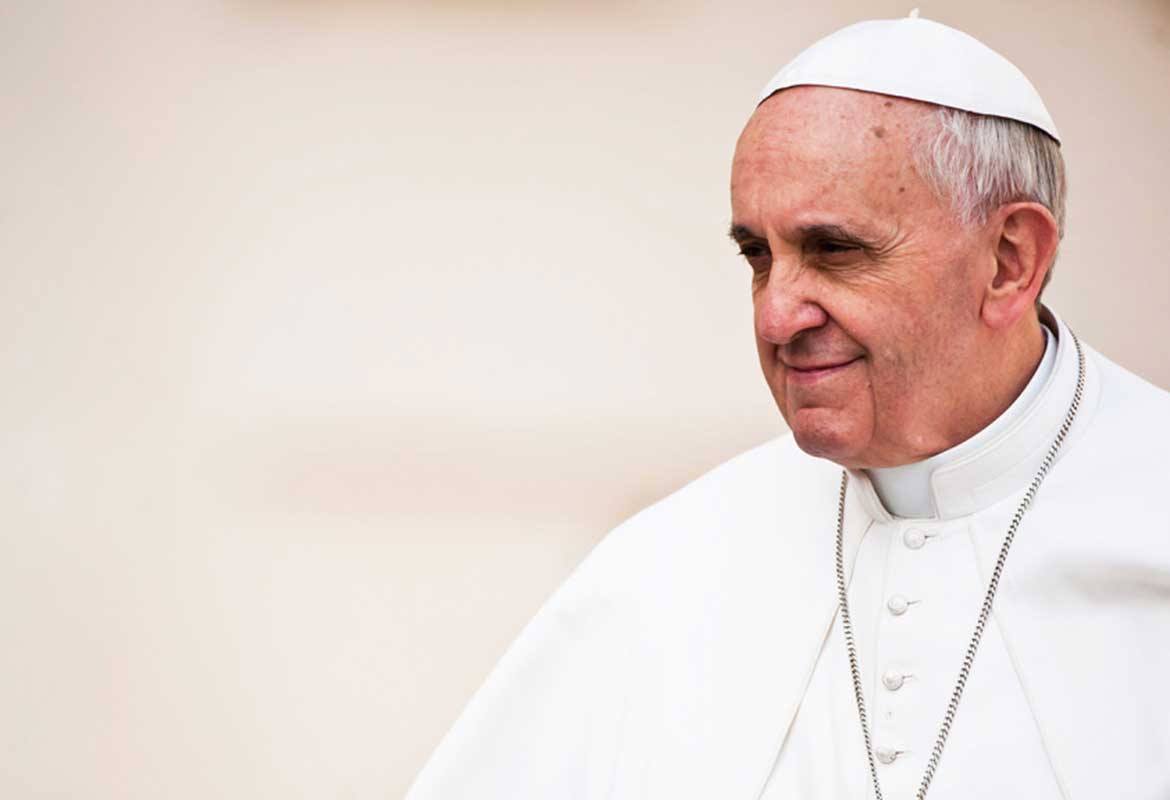
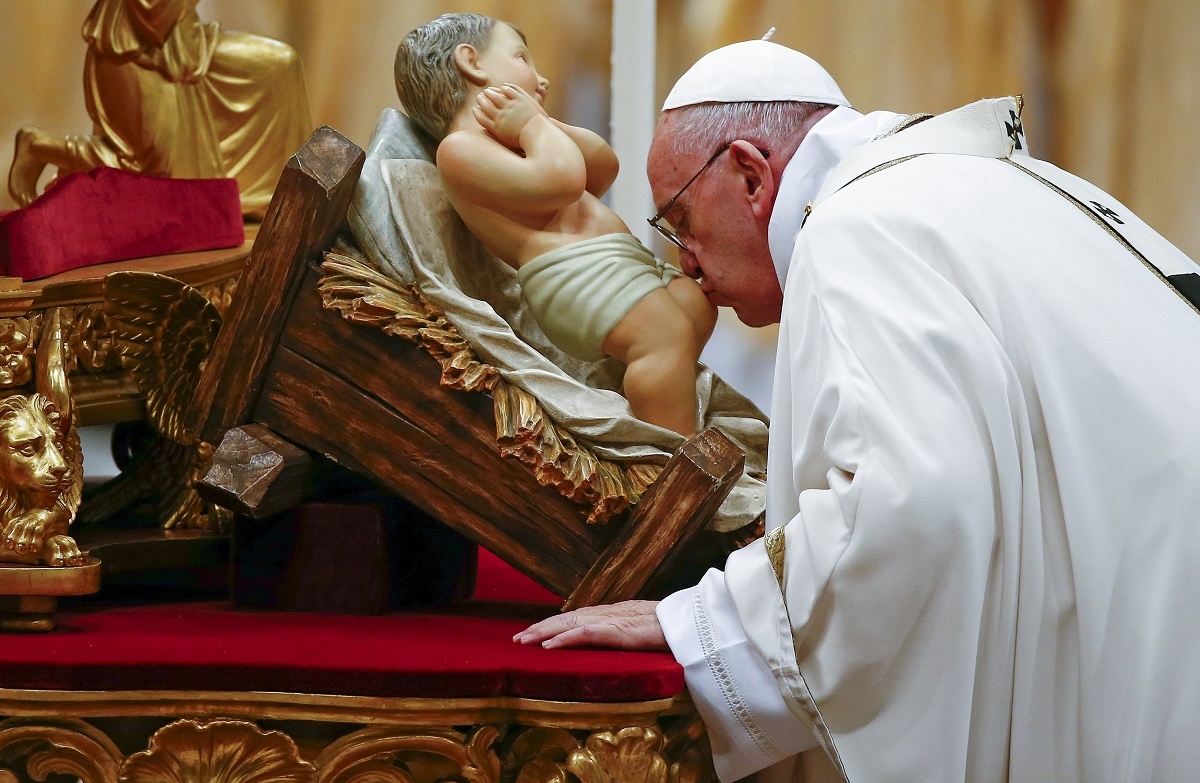
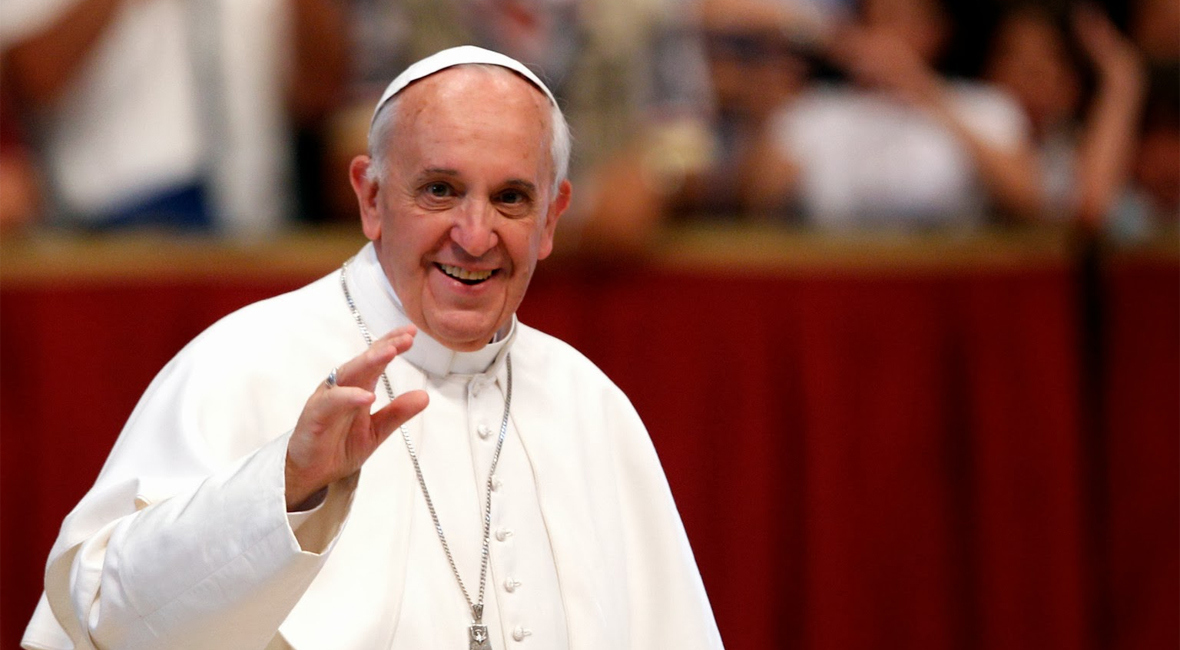


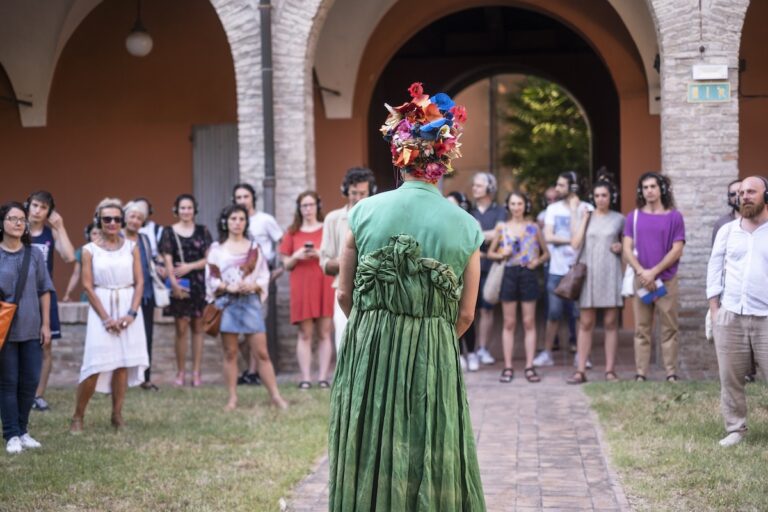
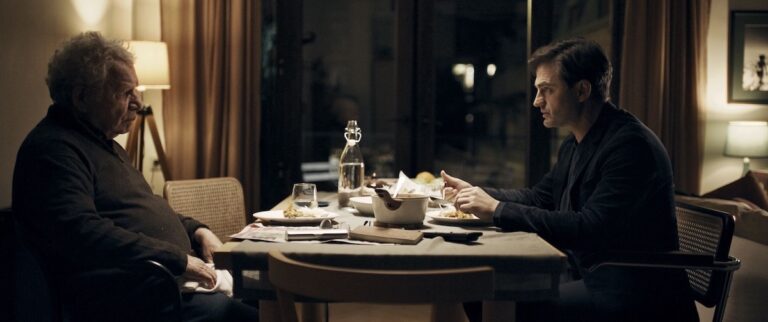


+ There are no comments
Add yours